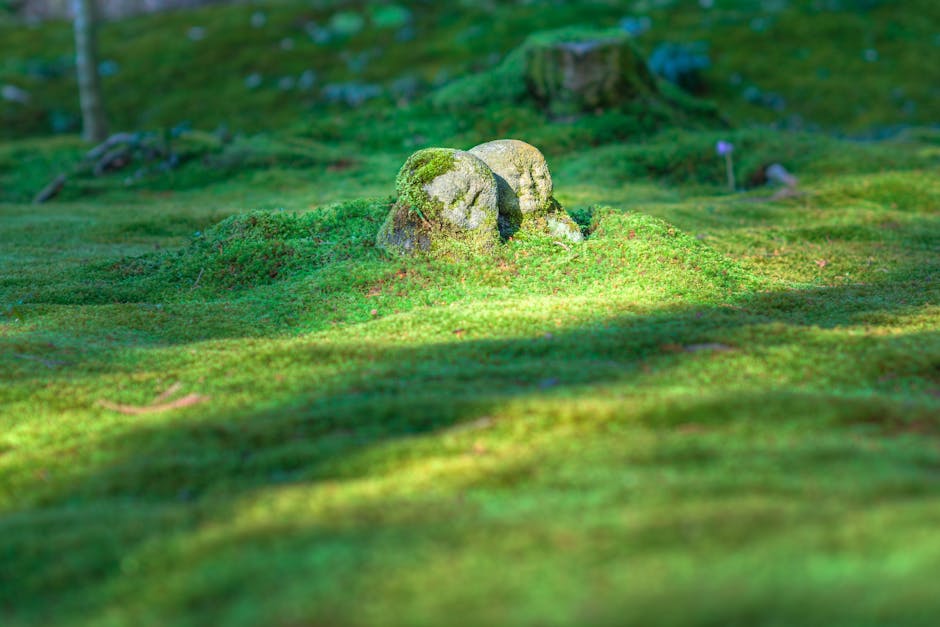
In a nation where the past stands proudly alongside the present, a recent incident has sent ripples of shock and intrigue through Japan. The news of a Sengoku warlord statue being beheaded in Japan isn't just a modern act of vandalism; it's a profound challenge to how we perceive, protect, and connect with our history. For a moment, the veil between eras thins, forcing us to confront the enduring legacy of a period defined by ambition, strategy, and monumental change.
The Echo of Turbulent Times: Unpacking the Sengoku Period
To truly grasp the significance of a beheaded warlord statue, we must first journey back in time to the Sengoku period (roughly 1467-1615), Japan's "Age of Warring States." Imagine a nation fractured, where powerful regional lords, known as daimyo, vied for supremacy. It was a crucible of conflict, but also a forge of genius, where military strategy, political maneuvering, and fierce loyalty shaped the very destiny of Japan.
This wasn't just a time of endless battles; it was a grand, unfolding drama. Legendary figures like Oda Nobunaga, Toyotomi Hideyoshi, and Tokugawa Ieyasu emerged from the chaos, each with a distinct vision and an iron will to unify the fragmented land. Their stories are woven with tales of audacious gambles, cunning betrayals, and alliances forged and broken. Nobunaga, the "Demon King," was a ruthless innovator who shattered old traditions. Hideyoshi, a humble sandal-bearer who rose to become a powerful regent, epitomized the era's fluid social mobility. And Ieyasu, the patient strategist, ultimately brought lasting peace, establishing a shogunate that would endure for over 250 years.
These warlords were not just conquerors; they were architects of a new Japan. Their strategies, from military formations to economic policies, laid the foundations for the unified nation we know today. Their impact is not merely confined to history books; it resonates in Japan's culture, its cities, and its very identity.
Castles: The Beating Hearts of Power and Strategy
No discussion of the Sengoku period is complete without immersing ourselves in the world of Japanese castles. These weren't just fortifications; they were the nerve centers of power, the symbols of a daimyo's might, and the stages for countless sieges and dramatic standoffs. Picture Himeji Castle, with its elegant white walls and labyrinthine defenses, or Osaka Castle, a testament to Toyotomi Hideyoshi's ambition. Each stone, each moat, each intricate gatehouse tells a story of meticulous planning and desperate defense.
Imagine a daimyo surveying his domain from the towering keep, strategizing troop movements, or enduring a brutal siege, with his retainers' lives and his clan's future hanging in the balance. Castles were designed not just to repel invaders but to project authority, to inspire loyalty, and to serve as vital hubs for administration and trade. They evolved from simple mountain strongholds to magnificent, multi-layered complexes, reflecting the growing sophistication of warfare and the immense wealth of their lords.
Even today, these majestic structures, whether fully restored or standing as evocative ruins, invite us to step back in time. They allow us to feel the weight of history, to imagine the clashing of swords, the shouts of battle, and the quiet resolve of leaders shaping a nation.
The Modern Incident: A Confrontation with Legacy
Against this backdrop of rich history, the news of a Sengoku warlord statue being beheaded in Japan strikes a particularly jarring chord. These statues are more than mere effigies; they are tangible links to a vibrant past, educational tools, and points of national pride. They embody the spirit of resilience, ambition, and the dramatic narratives that continue to captivate people worldwide.
The act of "decapitation" itself carries profound historical weight. In feudal Japan, the taking of an enemy's head was a symbolic act of victory and a grim proof of conquest. For a modern statue to suffer such a fate, it forces us to ask: What does this act signify? Is it an isolated act of vandalism, a misguided protest, or something more? While the motivations behind this specific incident remain a mystery, its impact is clear.
It compels us to reflect on the ongoing relevance of historical figures and cultural heritage in contemporary society. How do we honor the past while living in the present? How do we protect these symbols of our collective memory from harm? The beheaded statue serves as a stark reminder that history is not static; it is alive, interpreted, and sometimes, regrettably, targeted.
Beyond the Headlines: The Enduring Power of History
The incident of the beheaded Sengoku warlord statue in Japan is more than just a news item; it's a poignant moment that bridges centuries. It reminds us that the drama and strategies of Japan's Age of Warring States continue to resonate, shaping our understanding of leadership, conflict, and national identity. The figures who once strode across the battlefields and within the formidable walls of their castles still command our attention, teaching us invaluable lessons about human ambition and the relentless march of time.
As the mystery surrounding this modern act unfolds, it highlights the profound importance of preserving our cultural heritage. For in the stoic faces of these warlord statues, we see not just bronze or stone, but the echoes of a past that continues to define Japan's present and inspire its future.
Comments
Post a Comment